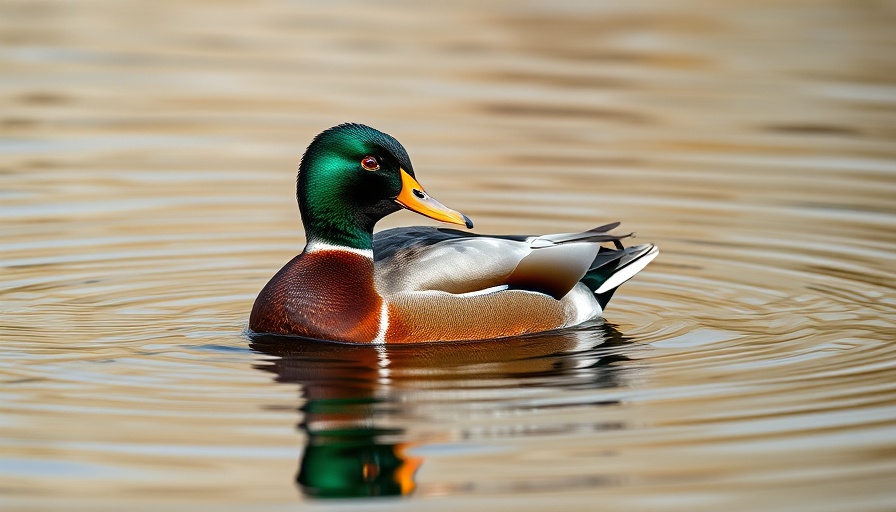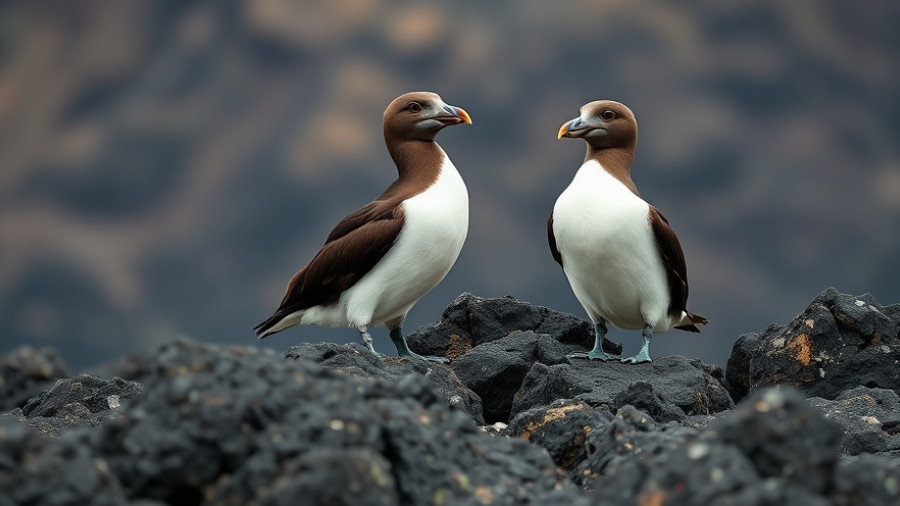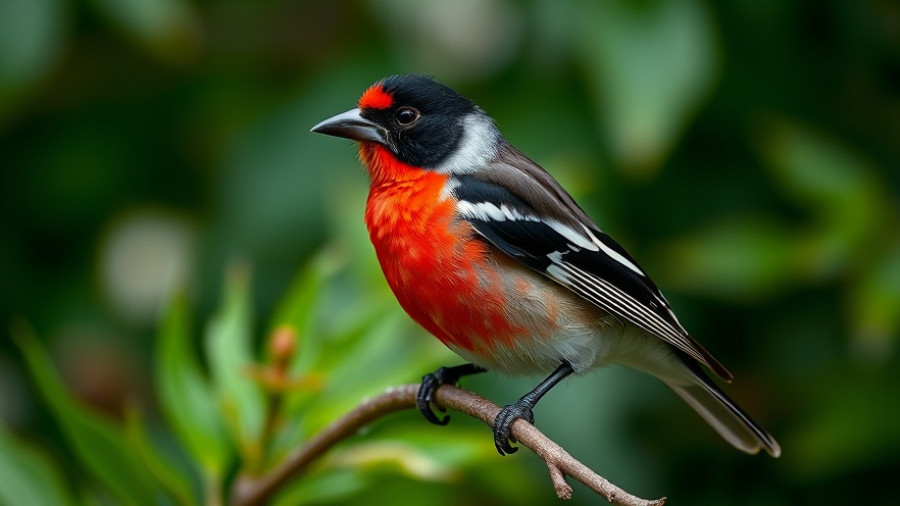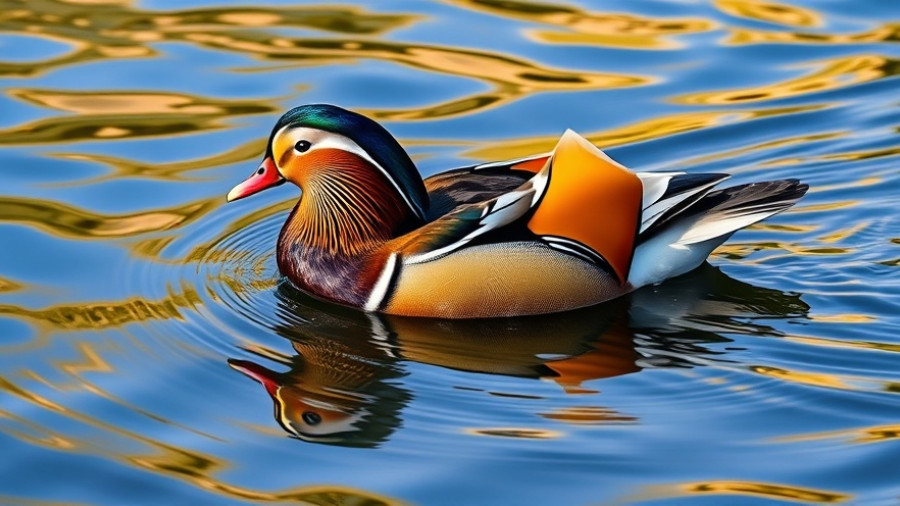
Discover the Unique Charm of Northern Shovelers
The Northern Shoveler (Anas clypeata) is a fascinating species of dabbling duck known for its remarkably recognizable, spoon-shaped bill. This characteristic feature not only defines the duck's name but also plays a crucial role in its feeding habits, allowing these birds to sift through water with remarkable agility.
Distinctive Beauty: Plumage and Size
Males and females present distinct appearances, especially vibrant during the breeding season. Male shovelers exhibit stunning plumage with an iridescent green head, a bright white breast, and rusty flanks, reminiscent of the allure of a mallard. In contrast, females sport a muted mottled beige color that blends seamlessly into their natural wetland habitats. One of the remarkable traits of these birds is their size—slightly smaller than your typical mallard, but their unique bill makes them stand out in any flock.
Social Foragers of the Wetlands
These social ducks often forage together in large groups, gracefully swimming in synchronized circles. This foraging technique stirs up tasty treats such as invertebrates and crustaceans from the bottom, highlighting their adaptability and the effectiveness of their specialized feeding method. Northern Shovelers can be found in various habitats, from shallow lakes to marshes, making them a delightful sight during migration seasons.
Life Cycle and Reproduction
One fascinating aspect of their behavior is that Northern Shovelers are monogamous, often forming lifelong breeding pairs. After mating, females build nests concealed in dense vegetation near water, laying about 8 to 12 eggs. Following about a month of incubation, the precocial ducklings quickly become independent, showcasing the remarkable nurturing capabilities of their mothers.
Conservation Status and Habitat Needs
Fortunately, the Northern Shoveler is not currently under threat, as populations remain stable largely due to favorable breeding conditions. Conservation efforts focusing on wetland preservation are key to ensuring that these ducks continue to thrive in their natural habitats, which encompass a wide distribution across North America.
By nurturing a healthy local environment, birdwatchers and nature enthusiasts can ensure that future generations will be able to enjoy the sight of these beautiful waterscapers. Next time you visit a wetland, keep an eye out for the charming Northern Shoveler—the encounter is surely one to cherish!
 Add Row
Add Row  Add
Add 




Write A Comment